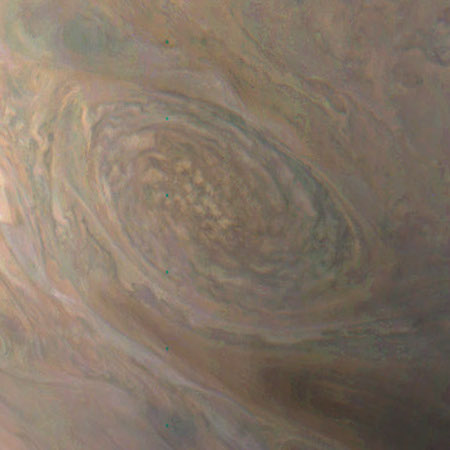Iran tests ballistic missile despite UN ban
Does this make you feel safer? In direct defiance of a UN ban on such tests, Iran on Sunday completed a new test of a medium range ballistic missile.
The Khorramshahr medium-range ballistic missile flew 600 miles before exploding, in a failed test of a reentry vehicle, officials said. Iran defense minister Brigadier Gen. Hossein Dehqan said in September that Iran would start production of the missile.
I am very curious what Trump will do to try to rein in Iran. I suspect his options will be as limited as Obama’s were, except that he is not likely to sign any make-believe nuclear deals, as Obama did.
Does this make you feel safer? In direct defiance of a UN ban on such tests, Iran on Sunday completed a new test of a medium range ballistic missile.
The Khorramshahr medium-range ballistic missile flew 600 miles before exploding, in a failed test of a reentry vehicle, officials said. Iran defense minister Brigadier Gen. Hossein Dehqan said in September that Iran would start production of the missile.
I am very curious what Trump will do to try to rein in Iran. I suspect his options will be as limited as Obama’s were, except that he is not likely to sign any make-believe nuclear deals, as Obama did.







